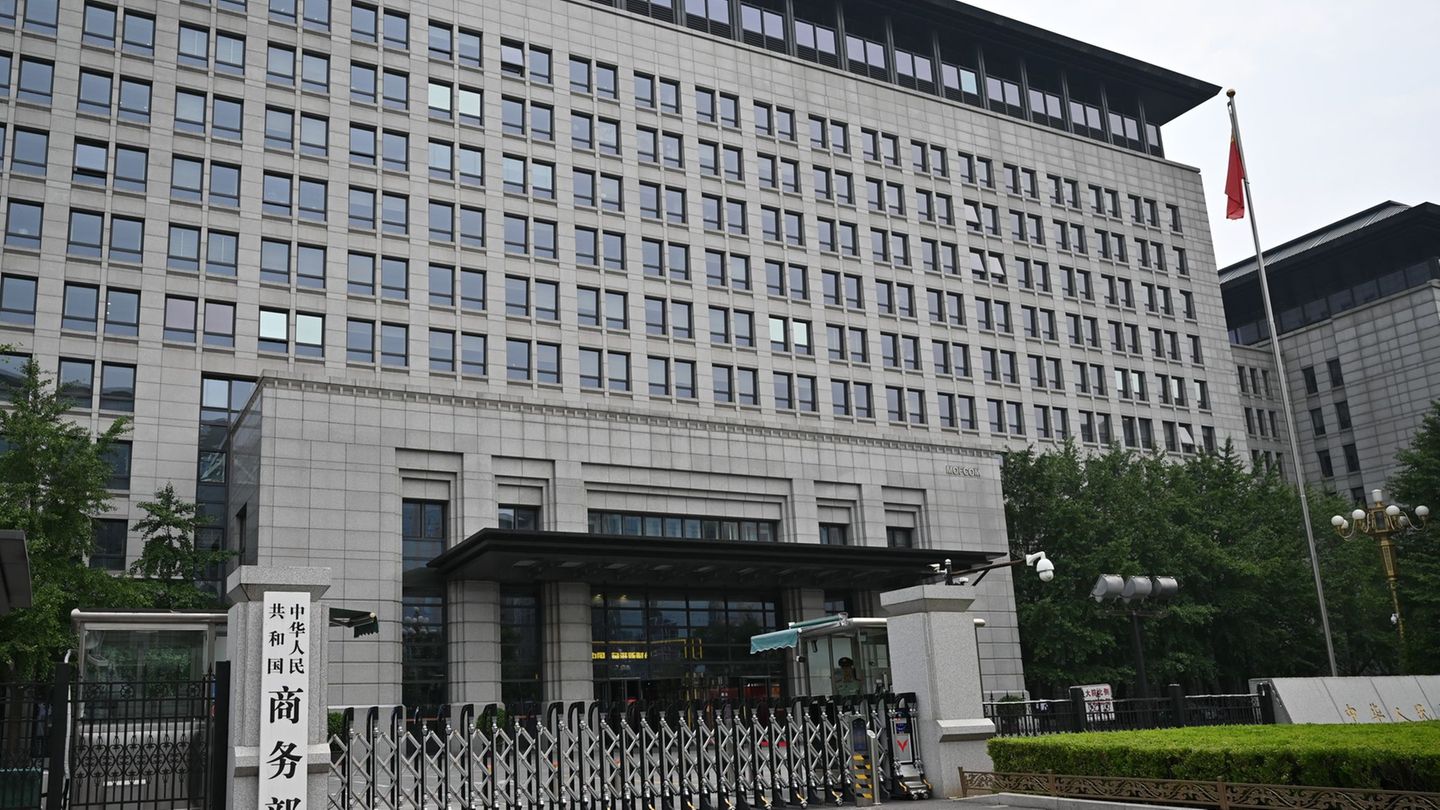Whatever meaning we give to the concept of intelligence, only partially shared with other species, reflections on our current and future capacity to carry out the affairs of the world do not seem to carry as much panic and uncertainty as in these times of artificial intelligence and expansive robotics. We must accept it, the ghost of AI seems to roam the world, outside of testing and research laboratories or simple applications on our computers or mobile phones. Artificial intelligence, especially from the innovative shock that natural language models or generative AI meant, is increasingly present in all activities. At the moment, no one has certainty about the evolution it may have, although speculation is being heard about its possibilities and associated risks. The panic is updated with the new AI that arrives every week. An example is the confirmation of the first tests in humans of the AI-based brain stimulation device created by Neuralinkone of the companies of the most controversial man of the moment, Elon Musk.
Historically, why does humanity, or the most innovative part of it, seem to insist on designing and developing new technologies without limits? For a simple reason: we need them to solve problems and satisfy needs, in short, to live better. Who could deny that the average human life is much better than in the times that Thomas Hobbes described it as “brief, brute, dirty and miserable” and that, to a large extent, it has been possible thanks to the different technologies that some restless people knew how to create And what socially have we been able to implement? How much worse would our sojourns through earthly life be if we continued tilling the land, curing diseases, cooking food, manufacturing products or educating people as we did 200, 100 or 50 years ago? Homo Sapiens has developed its civilizational potential thanks to its ability to design, incubate and implement technologies of all kinds.
But of course, progress does not come free of costs, uncertainties and risks. For more than 70 years, different researchers and experts have been planning the development of a technology as powerful as artificial intelligence. The driving force behind such persistent research has been the hypothesis that humanity could use intelligent devices for multiple purposes. And it is true that we need them.
We know that our brains cannot cope with the energy expenditure of pushing ourselves to the maximum to process information and calculate forecasts. We know that our bodies do not deserve to be condemned to perform tasks that we can offload to intelligent machines. We know that a good part of our lives is spent on tasks that we do not enjoy in jobs that enrich us little. And we know that the challenge of knowing ourselves and making decisions can be less onerous if we walk hand in hand with intelligent co-pilots who help us understand and manage the ocean of information, options and problems that arise along the way. Would it be logical to deprive ourselves of giving intelligence to technological systems and devices after collecting so much evidence about what they can do for a more satisfactory life?
The time has come to respond more consistently to the risks associated with the expansion of AI, which are becoming more visible every day in light of its new expressions and scope. Every technology has three large dimensions that develop in parallel:
- The technical dimension, which is the one that explains its operating logic and the specific principles that make it possible. It is the domain of experts and scientists.
- The cultural or axiological dimension, which represents the ideas that underlie each technology. That which proposes us to achieve, achieve and achieve. It is the terrain of ideologues, precursors and disseminators.
- The organizational dimension, which must resolve how to implement each technology in a specific social environment. The great challenges are always concentrated here: how to socially introduce a new technology knowing that it will necessarily require training of people, involve travel and arouse resistance. It is the terrain of leaders, managers and innovators, who manage these processes under complex transitions.
The result of this organizational dimension of technology is to generate models and solutions that bring together technological progress with social progress. Overall, humanity has been successful in this convergence. Even in a cauldron of global interests and disputes, as in the case of nuclear technology.
But there are no definitive triumphs. It is a battle that returns and intensifies with the appearance of new technologies. We are going through the years of emergence of the organizational face of Artificial Intelligence technology. International organizations, governments, academies, corporations and experts who are on the frontier of these technologies openly discuss options to promote, regulate and organize AI to benefit humanity as a whole. In this regard, there are declarations, letters of principles, ethical protocols of technology companies, forums, executive orders of federal governments, aimed at building this organizational path.
Major players in the world are redoubling efforts to understand, channel and govern AI. It cannot be done at once. It will emerge as a triumph of collective intelligence, from leaders aware that We are at the gates of the most powerful and threatening human creation in history.
What can we do in the meantime, as professionals, entrepreneurs or technicians who make up the growing social portion known as the knowledge society? Basically, link ourselves to these technologies, participate in the repertoire of use cases that are underway to get the most out of them in each discipline and organization, make time to study how they work and how we can make good use of them, and enthusiastically accept the imperative of rethink our professions and jobs under the influence of AI-based applications and robots that are beginning to proliferate among us.
That is the part that we have to actively participate in this tectonic movement that is underway in our societies and economies. By doing so, we will discover many possibilities and opportunities for human work in tune with these intelligent technologies and we will help find the right coordinates for our leaders to put in place the most virtuous frameworks so that the lower layers of the social pyramid can also receive the benefits of the expansion of smart technologies.
At Universidad Siglo 21 we are convinced that this is one of the great issues where the future of civilization is at stake. That is why we train competent professionals so that they have the necessary tools to face this great challenge, whether from the new degrees in Data Science; Artificial Intelligence and Robotics; Bioinformatics, and other careers enriched with approaches and orientation towards these technologies.
Turning AI into a possible lever to achieve leaps in productivity and collective progress requires the ingenuity and determination of people and teams. Like global startups like Boomerang, capable of solving the coincidence between millions of lost objects and their owners through AI, or the new lines of humanoid robots like those from the company Figure that BMW uses in dangerous, repetitive and boring tasks in the industry. automotive. It is not a linear or risk-free path. The best option we have as a species is to make artificial intelligence a successful collective project.
Director Observatory of the Future 21st Century University
Source: Ambito
David William is a talented author who has made a name for himself in the world of writing. He is a professional author who writes on a wide range of topics, from general interest to opinion news. David is currently working as a writer at 24 hours worlds where he brings his unique perspective and in-depth research to his articles, making them both informative and engaging.




